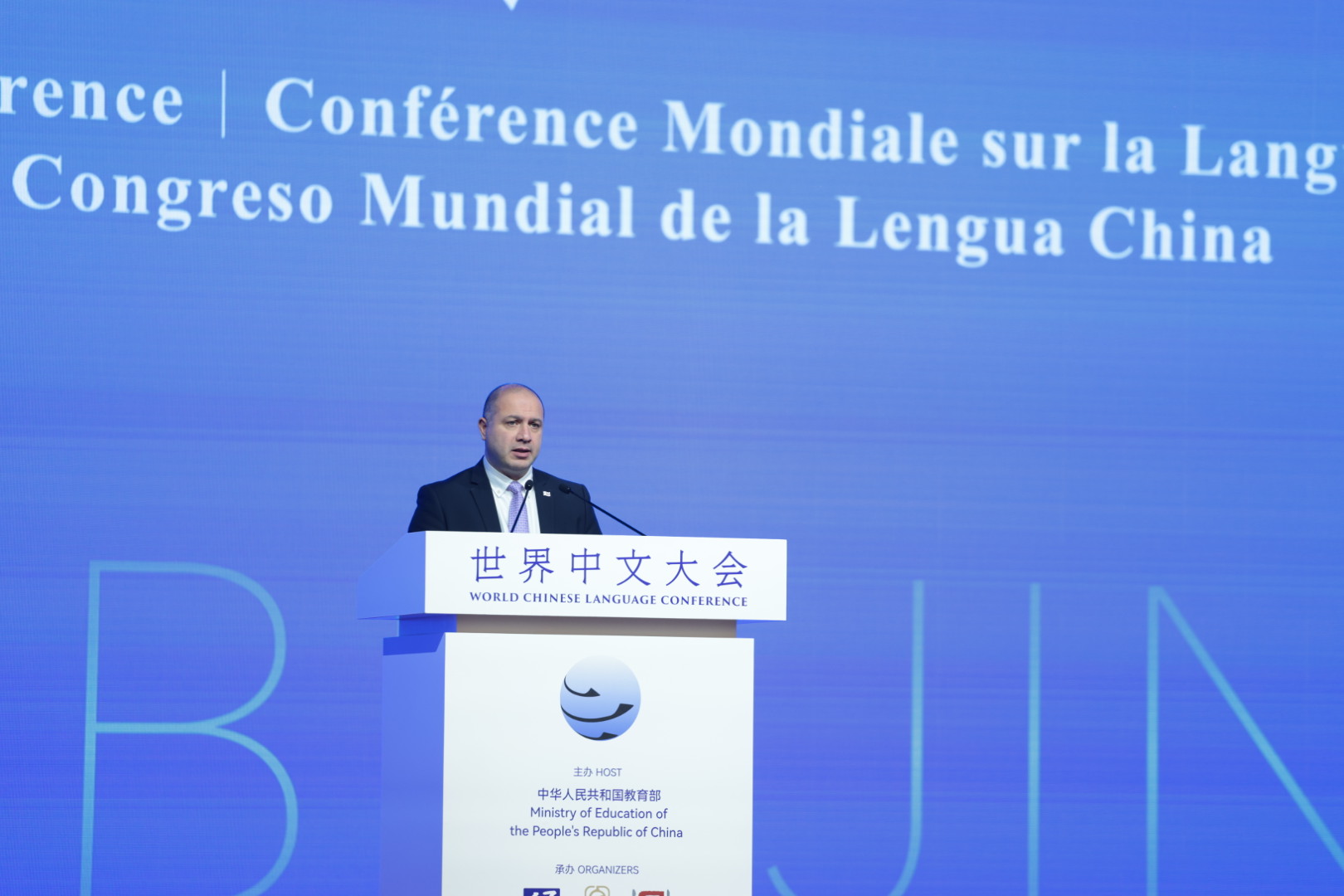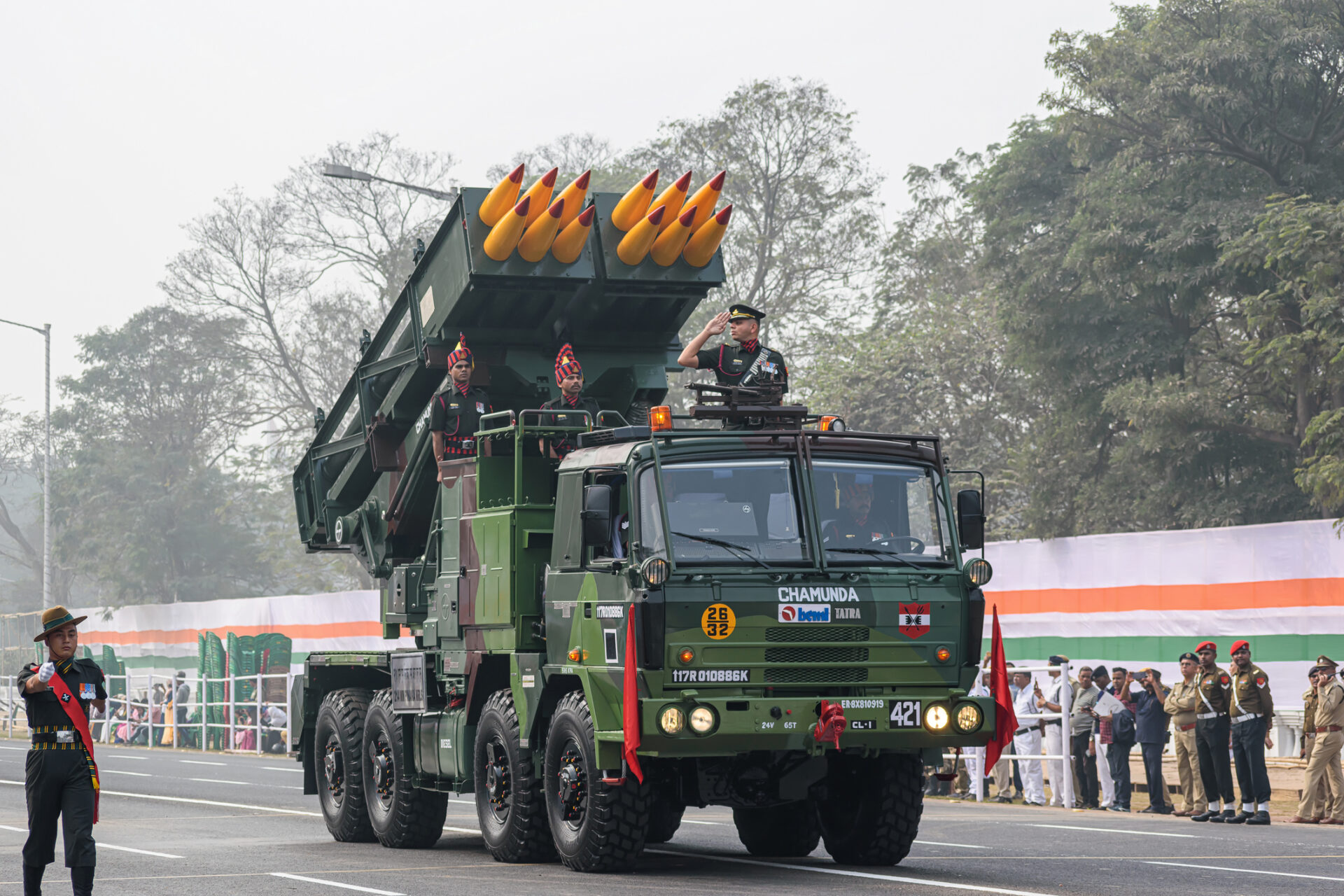
Armenian-Azerbaijani Talks on Karabakh Appear Positive Even as Conflict Continues to Simmer Underneath
Armenian-Azerbaijani Talks on Karabakh Appear Positive Even as Conflict Continues to Simmer Underneath
The foreign ministers of Armenia and Azerbaijan held four-hour-long consultations in Paris, on January 16, under the auspices of the Organization for Security and Cooperation in Europe’s (OSCE) Minsk Group. The joint statement to come out of the meeting included telling language. In particular, the two sides acknowledged the need for “concrete measures to prepare the populations for peace” (Osce.org, January 16).
The Paris consultations were the second meeting of Ministers Elmar Mammadyarov and Zohrab Mnatsakanyan within a month. Amidst overall accelerated dynamics of bilateral contacts and relatively softened rhetoric, there is now reinvigorated optimism that a tangible breakthrough may soon be possible in the over-two-decades-old internationally mediated negotiations over Azerbaijan’s breakaway region of Karabakh. Nevertheless, an apparent discrepancy continues to persist between the words and deeds of Armenian and Azerbaijani political elites.
The evolving positive sentiment surrounding the Karabakh peace process was underpinned by an informal meeting between Armenia’s Prime Minister Nikol Pashinyan and Azerbaijani President Ilham Aliyev, on the margins of this year’s Davos World Economic Forum (Azatutyun.am, January 22). Pashinyan subsequently disclosed the details of the talks, noting that he told the Azerbaijanis that Artsakh (formerly known as the “Nagorno-Karabakh Republic” or NKR) should be allowed to represent itself in the negotiations. Armenians in Karabakh did not participate in Armenia’s snap parliamentary elections, and thus he has no confidence vote to represent them, Pashinyan argued. In response to Aliyev’s assertion to also involve the Azerbaijani minority that had to flee Karabakh, Pashinyan claimed he opposed the idea, saying that those individuals had voted for Aliyev in last year’s presidential elections, thus empowering him to speak on their behalf (Galatv.am, February 1).
It is unclear what has motivated Pashinyan to seek to “sovereignize” Artsakh within the context of the OSCE Minsk Group, particularly since accepting the region as a separate negotiating entity would imply its separation from Armenia as well. Does this signal a qualitatively new plan or is the Armenian leader seeking to shirk responsibility ahead of an inevitable reescalation of tensions. Perhaps, it is linked to Pashinyan’s overwhelming opposition to former president Robert Kocharyan. The latter, upon taking office in 1998, agreed to exclude Karabakh from any negotiations with Azerbaijan. He had insisted that since he had previously served as elected president of the NKR, this legitimated him to speak on behalf of Karabakh as Armenian head of state. In contrast, Pashinyan may be rejecting the Kocharayan negotiations formula in an effort to distance himself further from his predecessor.
In the broader context of the Karabakh peace process, preparations for full-fledged combat operations by both sides continue. This is despite verbal agreements to defuse tensions along the frontline by setting up “hot line” military-to-military communications between the two sides. So even as the intensity of multi-format talks has increased, neither side believes a negotiated solution is possible and both have adopted an approach akin to “lulling mutual vigilance.” Indeed, talks of needing to establish mechanisms to investigate clashes along the frontline—an idea Yerevan and Baku both endorsed in 2016—have almost subsided.
Last year, Azerbaijan made a series of important strategic arms purchases, including two battalions of Belarusian Polonez multiple-launch rocket systems (MRLS), together with about 1,200 A200-type rockets; at least one battalion of Israeli-origin LORA high-precision ballistic missile systems; and substantial numbers of various models of sophisticated unmanned aerial vehicles (see EDM, January 21). In turn, Armenia obtained four Su-30SM multirole 4+ generation fighter aircraft, along with additional procurements yet to be implemented consistent with its previously approved $100 million loan from Russia (Kommersant, February 1). To stand up to the evolving military supremacy of Azerbaijan, Armenia is preparing to fundamentally reform its “active deterrence” strategy by overhauling and expanding its fleet of Su-25 close-air-support jets while eventually procuring a total of 12 Su-30SMs to carry out combat air-patrol and air-to-surface deep interdiction missions.
In late December 2018, Aliyev reiterated Azerbaijani’s tough red lines on Karabakh, making clear that neither independent status, nor Artsakh’s formal accession to Armenia would be at all acceptable for Baku. He also stressed that the maximum scope of concessions Baku would be willing to offer would be some level of autonomy for the breakaway region but within a unified Azerbaijan (Haqqin.az, January 1, 2019). Subsequently, Pashinyan strongly rebuffed the Azerbaijani leader’s words, stating, “[W]e cannot discuss the ‘territories for peace’ formula” (Armenpress, January 30). In response, Aliyev declared that the “ ‘might makes right’ principle prevails in the world at present,” and therefore, preserving a viable military solution to resolve the Karabakh dispute will continue to constitute a key agenda of Azerbaijan (Trend.az, February 12).
Considering these geopolitical realities, Armenia arguably has four options for how to deal with the Karabakh conundrum. First, it could completely withdraw its military from the breakaway region. But then it would also need to evacuate the 150,000 ethnic Armenians who live there since, after decades of conflict, the Armenian and Azerbaijani societies are highly antagonistic toward one another.
Second, it might seek to recognize the so-called independence of Artsakh, as Turkey did with Northern Cyprus. Of course, such an initiative would by no means prevent Azerbaijan from launching an assault on Karabakh in response.
Third, Armenia might choose to agree to the Russian plan, which would offer a transitory status for Karabakh coupled with the deployment of Russian “peacekeeping” troops throughout Artsakh (which in fact claims territories beyond the administrative borders of the Soviet-era Nagorno-Karabakh Autonomous Oblast or NKAO). In this case both rivals—Yerevan and Baku—would end up losing control over the situation, while opening the door to more direct and overt manipulative actions by the Kremlin. This option would almost certainly have unpredictable repercussions in addition to likely putting an end to Armenia as a serious politico-military factor in the region.
Fourth, Armenia could seek to unilaterally incorporate the region into its territory as Israel did with the Golan Heights, and de jure declare Artsakh an inherent part of Armenia—thereby fulfilling the century-long wishes of the Armenian population of Karabakh. Such a scenario might delay the looming fighting, but in the meantime would trigger furious criticism around the world, including from Moscow.
None of the options are ideal for Pashinyan’s government as it seeks to dramatically reform the country’s economy, political system and military. Continued talks with Baku may thus be the only policy likely to offer Yerevan at least some period of breathing space.


